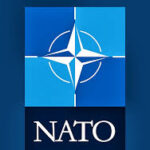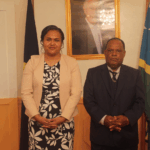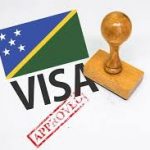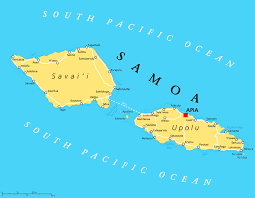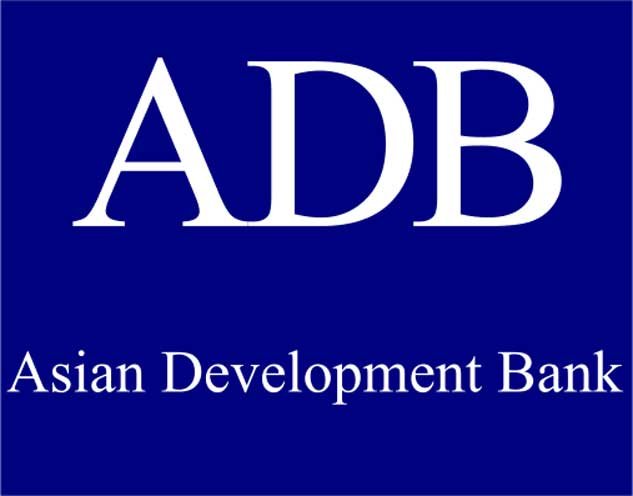Dr Li Dianmao, Acupuncturist, Master of TCM, Physician, Department of Acupuncture Affiliated Hospital of Guizhou Medical University
Hi friends, I am Dr Li Danmao, an acupuncturist of the 3rd China Medical Team in Solomon Islands.
With more than 5 years working in the Affiliated Hospital of Guizhou Medical University, I specialize in the treatment of cervical spondylosis, lumbar disc herniation and frozen shoulders, post-stroke recovery, migraine, and facial paralysis with acupuncture and other Traditional Chinese medical treatments. At this very beginning, I would like to share with you the history of acupuncture.
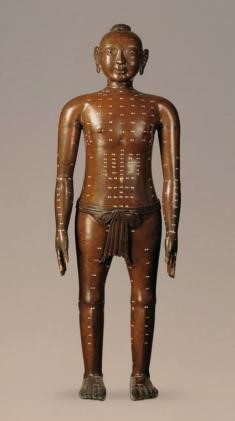
Acupuncture is generally believed to have originated in China, being first mentioned in documents dating back a few hundred years leading up to the Common Era. Sharpened stones and bones dating from about 6000 BC have been interpreted as instruments for acupuncture treatment, but they may have simply been used as surgical instruments for drawing blood or lancing abscesses.
Documents discovered in the Ma-Wang-Dui tomb in China, which was sealed in 198 BC, contain no reference to acupuncture as such. But do refer to a system of meridians, albeit very different from the model that was accepted later. Speculation surrounds the tattoo marks seen on the ‘Ice Man’ who died around 3300 BC and whose body was an Alpine glacier melted. These tattoos might indicate that a form of stimulatory treatment similar to acupuncture developed quite independently of China.
The first document that unequivocally described as an organized system of diagnosis and treatment which was recognized as acupuncture was the Yellow Emperor’s Classic of Internal Medicine, dating from about 100 BC.
The information is presented in the form of questions by the Emperor and learned replies from his minister, Chhi-Po. The text is likely a compilation of traditions handed down over centuries, presented in terms of the prevailing Taoist philosophy, and is still cited in support of particular therapeutic techniques.
The concepts of channels (meridians or conduits) in which Qi (vital energy or life force) flowed were well established by this time, though the precise anatomical locations of acupuncture points developed later.
Acupuncture continued to be developed and codified in texts over the subsequent centuries and gradually became one of the standard therapies used in China, alongside herbs, massage, diet and moxibustion (heat). Many different esoteric theories of diagnosis and treatment emerged, sometimes even contradictory, possibly as competing schools attempted to establish their exclusiveness and influence. Bronze statues from the fifteenth century show the acupuncture points in use today and were used for teaching and examination purposes.
Stay tuned for more history details of acupuncture.
China Medical Team PRESS

